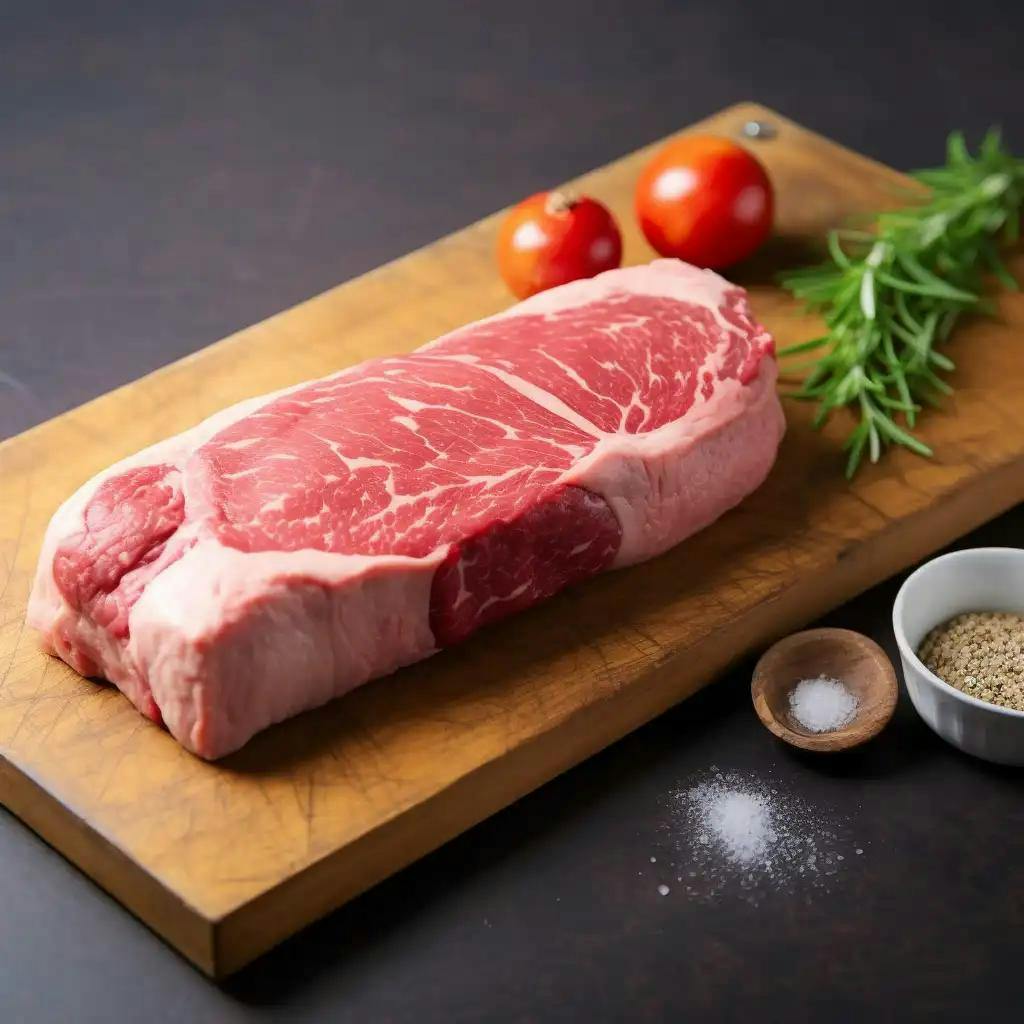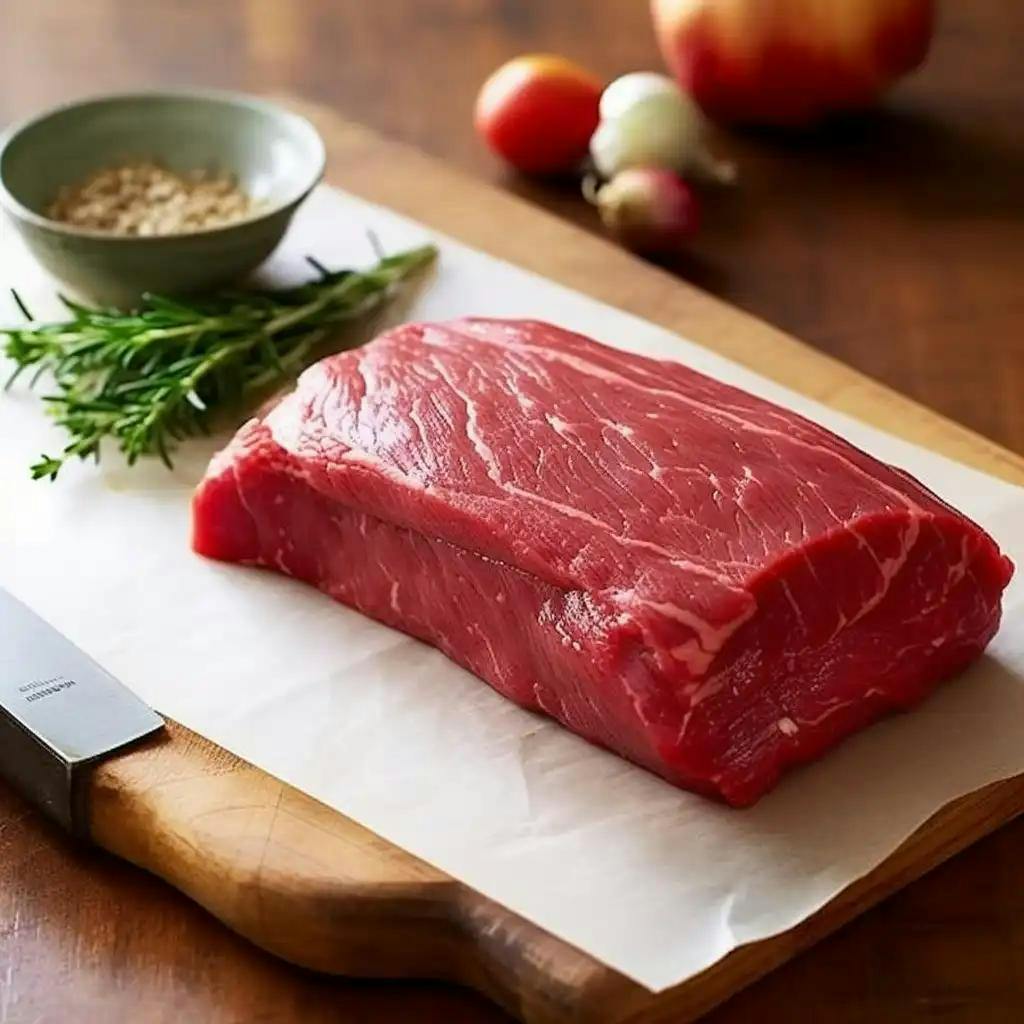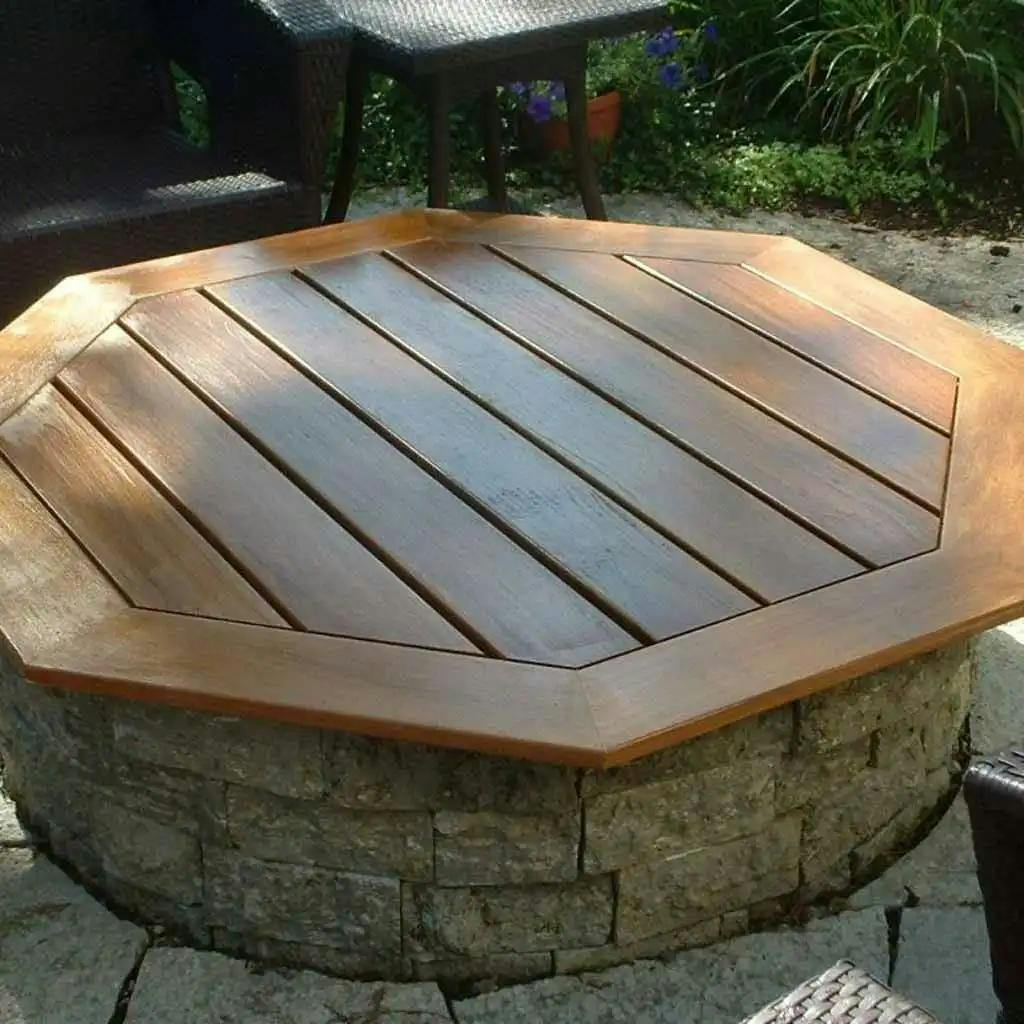Before we dive into the world of silver skin trimming, let's understand what exactly silver skin is. Silver skin, also known as connective tissue, is a thin, silver-colored membrane that covers muscles and can be found on cuts of meat, particularly on tougher cuts like pork shoulder or beef brisket. While it may not look like much, silver skin can have a big impact on the texture and taste of your barbecue.
Silver skin, when left untrimmed, can be tough and chewy, making it unpleasant to eat. It can also prevent marinades and rubs from penetrating the meat, resulting in a less flavorful end product. By removing the silver skin, you can improve the tenderness of the meat and allow the flavors to fully penetrate, resulting in a more delicious and enjoyable barbecue experience.
Part 1: Unwrapping the Mystery: How Much Silver Skin to Remove?
Factors Influencing Silver Skin Removal
When it comes to how much silver skin to remove, there are a few factors to consider. Firstly, the type of meat you're working with plays a role. Tougher cuts of meat, like pork shoulder or beef brisket, tend to have more silver skin that needs to be removed. Secondly, personal preference comes into play. Some people prefer to remove all of the silver skin, while others are comfortable leaving a thin layer for added flavor and texture.
The Percentage Game: Ideal Amount of Silver Skin to Take off
While there is no hard and fast rule for how much silver skin to remove, a good rule of thumb is to aim for around 80-90% removal. This allows for enough flavor and texture to remain while ensuring that the meat is still tender and enjoyable to eat. It's important to note that over-removing the silver skin can result in the meat becoming too tender and falling apart, so finding the right balance is key.

Part 2: Essential Tools for Silver Skin Trimming
Introducing the Trio: Shears, Scissors, and Knives
When it comes to silver skin trimming, having the right tools can make all the difference. There are three main tools that are commonly used for this task: shears, scissors, and knives. Each has its own advantages and disadvantages, so let's take a closer look at each one.
Shears: Dexas Heavy Duty Kitchen Shears are an excellent choice for silver skin trimming. They are designed with a strong, sharp blade that can easily cut through tough connective tissue. The ergonomic handle provides a comfortable grip, making it easy to maneuver and control the shears.
Scissors: J.A. Henckels 8-inch Poultry Shear is another great option. These scissors are specifically designed for poultry trimming, but they work just as well for silver skin. The sharp, curved blades allow for precise and efficient trimming, and the sturdy construction ensures durability.
Knives: For those who prefer using a knife, the Dexter-Russell Boning Knife is a top choice. This knife has a narrow, flexible blade that is perfect for intricate tasks like silver skin trimming. The sharp edge allows for clean and precise cuts, and the comfortable handle provides a secure grip.

Part 3: Importance of a Good Grip and Sharp Blade
No matter which tool you choose, it's important to ensure that it has a good grip and a sharp blade. A comfortable grip will allow for better control and minimize the risk of accidents. A sharp blade, on the other hand, will make the trimming process easier and more efficient. Dull blades can lead to tearing or uneven cuts, which can affect the overall outcome of your barbecue.
Product Review: Dexas Heavy Duty Kitchen Shears
Features and Benefits
The Dexas Heavy Duty Kitchen Shears are a versatile tool that is perfect for silver skin trimming. These shears feature a strong, sharp blade made from high-quality stainless steel. The blade is designed to cut through tough connective tissue with ease, making it a breeze to remove silver skin from your meat. The ergonomic handle provides a comfortable grip, ensuring that you can trim with precision and control.
Pros and Cons
Pros:
- Sharp blade for easy and efficient trimming
- Comfortable grip for better control
- Durable construction for long-lasting use
- Versatile tool for various kitchen tasks
Cons:
- May be too large for those with smaller hands
- May require some force to cut through thicker silver skin
How to Use it for Silver Skin Trimming
Using the Dexas Heavy Duty Kitchen Shears for silver skin trimming is simple. Start by holding the shears with a firm grip, ensuring that your hand is comfortable and secure. Place the blade against the silver skin and apply gentle pressure to make a clean cut. Continue trimming until you have removed the desired amount of silver skin. Remember to take breaks if needed to avoid hand fatigue.
Product Review: J.A. Henckels 8-inch Poultry Shear
Features and Benefits
The J.A. Henckels 8-inch Poultry Shear is a versatile tool that is perfect for silver skin trimming. These scissors feature sharp, curved blades that are designed to make precise and efficient cuts. The sturdy construction ensures durability, while the ergonomic handle provides a comfortable grip for easy maneuverability.
Pros and Cons
Pros:
- Curved blades for precise and efficient trimming
- Comfortable grip for better control
- Versatile tool for various kitchen tasks
- Sturdy construction for long-lasting use
Cons:
- May require some force to cut through thicker silver skin
- Curved blades may take some getting used to for those accustomed to straight blades
How to Use it for Silver Skin Trimming
Using the J.A. Henckels 8-inch Poultry Shear for silver skin trimming is straightforward. Hold the scissors with a firm grip, ensuring that your hand is comfortable and secure. Position the curved blades against the silver skin and apply gentle pressure to make a clean cut. Continue trimming until you have removed the desired amount of silver skin. Take breaks if needed to avoid hand fatigue.
Product Review: Dexter-Russell Boning Knife
Features and Benefits
The Dexter-Russell Boning Knife is a reliable tool for silver skin trimming. This knife features a narrow, flexible blade that is perfect for intricate tasks like silver skin removal. The sharp edge allows for clean and precise cuts, while the comfortable handle provides a secure grip for better control.
Pros and Cons
Pros:
- Narrow, flexible blade for precise trimming
- Sharp edge for clean and efficient cuts
- Comfortable grip for better control
- Versatile knife for various kitchen tasks
Cons:
- Requires proper knife handling skills for safe use
- May take some practice to master the technique
How to Use it for Silver Skin Trimming
Using the Dexter-Russell Boning Knife for silver skin trimming requires a bit of skill and practice. Hold the knife with a firm grip, ensuring that your hand is comfortable and secure. Position the blade against the silver skin and apply gentle pressure to make a clean cut. Continue trimming until you have removed the desired amount of silver skin. Take breaks if needed to avoid hand fatigue and always exercise caution when handling a sharp knife.
Part 4: Step-by-step Guide to Silver Skin Trimming
Before you Start: Prepping Up
Before you begin silver skin trimming, it's important to ensure that you have a clean and organized workspace. Gather all the necessary tools, including shears, scissors, or a knife, and make sure they are clean and sharp. Place the meat on a cutting board and remove any excess moisture with a paper towel. This will make it easier to grip and handle the meat during the trimming process.
Detailed Steps to Trim Silver Skin
Identify the silver skin: Take a close look at the meat and identify areas where the silver skin is present. It may appear as a thin, silver-colored membrane that is slightly tougher than the surrounding meat.
Make a small incision: Use the shears, scissors, or knife to make a small incision in the silver skin. Be careful not to cut too deep into the meat.
Grip and pull: Hold onto the silver skin with your fingers or a pair of tongs and gently pull it away from the meat. You may need to use the shears, scissors, or knife to help loosen the silver skin if it is tightly attached.
Trim as desired: Continue to trim the silver skin, taking off as much or as little as you prefer. Remember to maintain a balance between flavor and tenderness.
Repeat for other areas: Move on to other areas of the meat where silver skin is present and repeat the trimming process.
Post-trimming Care
After you have finished trimming the silver skin, it's important to properly clean and sanitize your tools. Wash them thoroughly with warm, soapy water and dry them completely before storing. This will help prevent any cross-contamination and ensure that your tools are ready for future use.
Part 5: Common Mistakes in Silver Skin Trimming and How to Avoid Them
Over Trimming: Avoiding the Pitfall
One common mistake when it comes to silver skin trimming is over trimming. While it's important to remove the majority of the silver skin, completely removing all of it can result in the meat becoming too tender and falling apart. To avoid over trimming, aim for around 80-90% removal, leaving a thin layer for added flavor and texture.
Inefficient Tools: Picking the Right Tools with Confidence
Another mistake is using inefficient tools for silver skin trimming. Using dull or inappropriate tools can make the task more difficult and result in uneven cuts or tearing. Invest in high-quality shears, scissors, or knives that are specifically designed for this purpose. This will ensure that you have the right tools for the job and make the trimming process much easier and more efficient.
Conclusion
Trimming silver skin off meat products may seem like a tedious task, but it is an essential step in achieving great grilling outcomes. By removing the silver skin, you can improve the tenderness and flavor of your barbecue, resulting in a more enjoyable eating experience. Whether you choose to use shears, scissors, or a knife, having the right tools and techniques will make all the difference. So, next time you fire up the grill, don't forget to give your meat the silver skin trimming it deserves!
FAQs
How do I know if I have removed enough silver skin?
A good rule of thumb is to aim for around 80-90% removal. This allows for enough flavor and texture to remain while ensuring that the meat is still tender and enjoyable to eat.
Can I use regular kitchen scissors for silver skin trimming?
While regular kitchen scissors can work for silver skin trimming, it's best to invest in shears or scissors specifically designed for this task. They are built to handle tough connective tissue and provide better control and precision.
Can I leave some silver skin on for added flavor and texture?
Yes, leaving a thin layer of silver skin can add flavor and texture to your barbecue. Just make sure not to leave too much, as it can make the meat tough and chewy.
How often should I clean and sharpen my silver skin trimming tools?
It's important to clean and sanitize your tools after each use to prevent any cross-contamination. As for sharpening, it depends on how frequently you use them. As a general guideline, consider sharpening your tools every few months or as needed.
Can I trim silver skin before cooking or should I wait until after?
It is generally recommended to trim silver skin before cooking. This allows for better flavor penetration and more even cooking. However, if you prefer to trim after cooking, make sure to do it while the meat is still warm for easier removal.
About Marianne Williamson
Marianne Williamson, a Texan, finds BBQ a mindful journey of connection. The grill isn't just about cooking—it's a way to relish the moment and create memories. With the sun's warmth and the sizzle, grilling becomes an exploration, from marinades to searing. Join her in celebrating life's flavors and joys around the grill.



